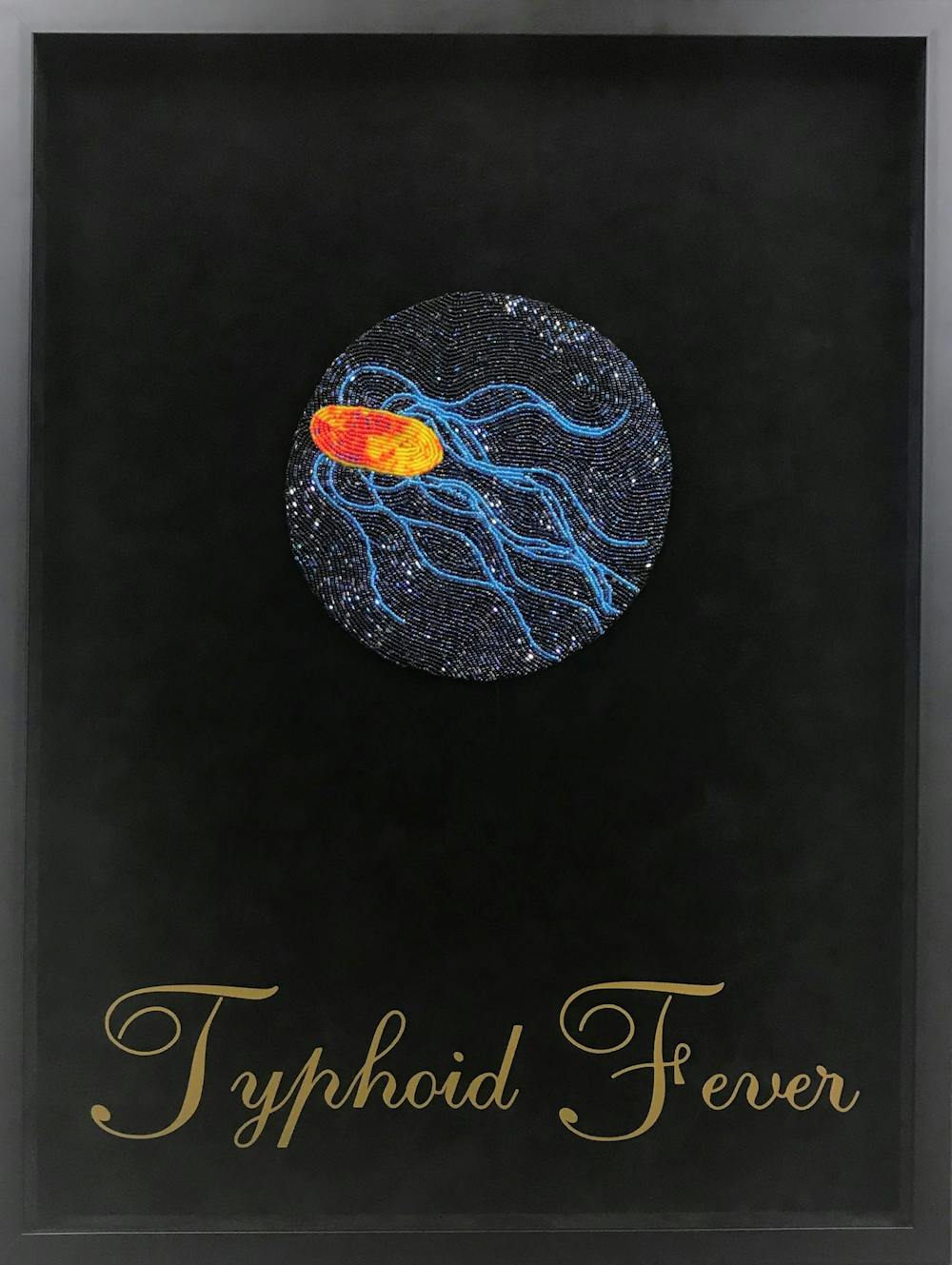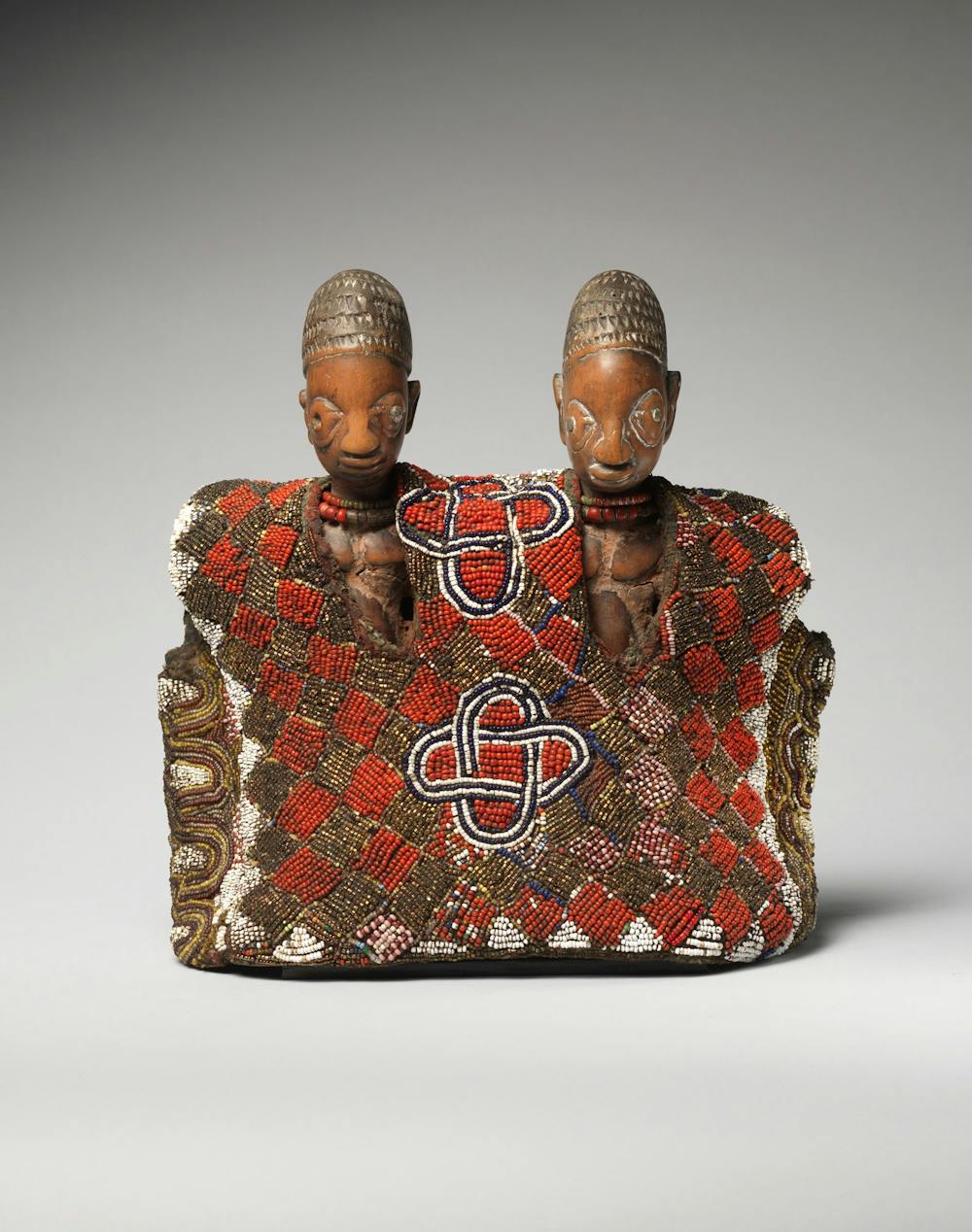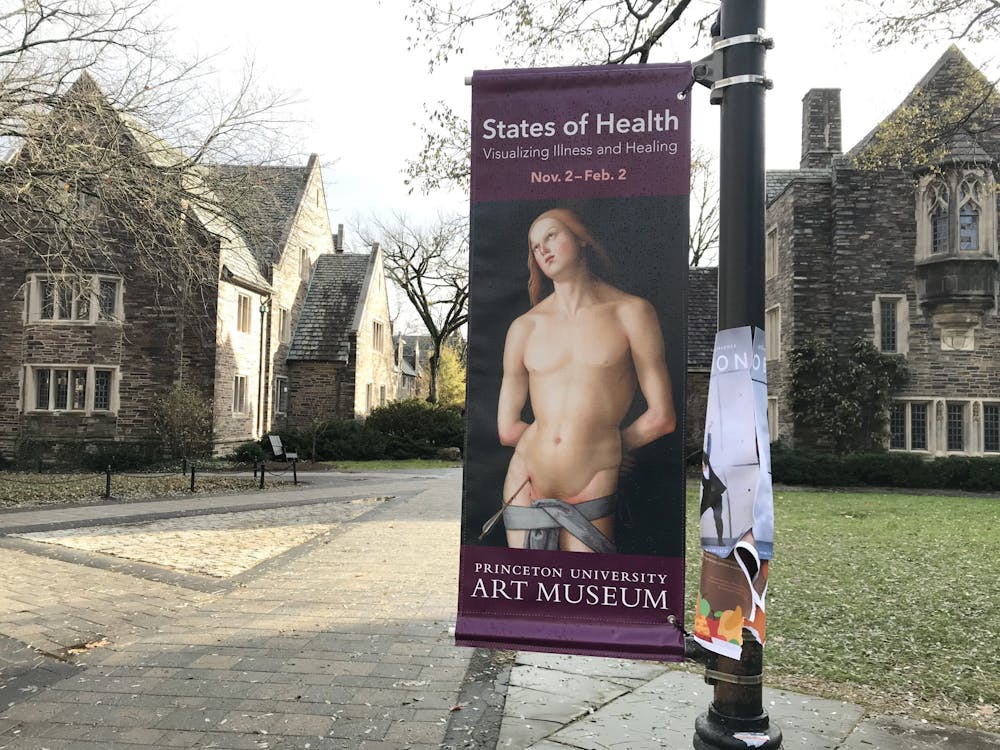82 items grace the walls of the Princeton University Art Museum as part of the new exhibit, States of Health: Visualizing Illness and Healing. The exhibit opened on Nov. 2, 2019, and it will close on Feb. 2, 2020.
Laura Giles — the Heather and Paul G. Haaga Jr., Class of 1970, Curator of Prints and Drawings — and Veronica White — Curator of Academic Programs — served as the co-curators of the exhibit.
Giles and White were inspired to create the exhibit by students and faculty in classes such as ANT 235: Medical Humanities and SLA 368: Literature and Medicine.
“We started gathering works that addressed a range of topics related to different states of health,” White wrote in an email to The Daily Princetonian. “We were thinking about some of the questions that we found really interesting, like: how have artists grappled with the concept of disease and how have they made it concrete through different types of objects? How have various cultures approached illness and healing in different ways?”
“There are also connecting threads throughout the exhibition that speak to the universal theme of human capacity and human resilience and hope,” she continued.
The art museum permanently acquired five new works by artists such as Ruth Cuthand and Mario Moore for its collection.
“That was one of the great pleasures...to be able to acquire works not only to fill in blanks, but to enhance the show and also enhance the collections of, in this case, modern and contemporary art prints and drawings and photographs,” Giles said.

Artist Rush S. Cuthand's piece entitled Typhoid Fever
Photo Credit: Bruce M. White

Cuthand, a contemporary indigenous artist, created a series of works portraying diseases that were particularly devastating to the indigenous population. On display at the museum is a piece made of beads that depicts typhoid fever.
Moore created a drawing called Stay Woke with silverpoint on prepared paper, a medium traditionally used by Renaissance-era artists. His work focuses on his identity as a black man, as well as his recovery from brain surgery.
The exhibit is organized into four distinct sections: Confronting Contagion, States of Mind, Worlds of Care, and Birthing Narratives.
Confronting Contagion focuses on the bubonic plague, AIDS, and other infectious diseases; States of Mind showcases the variety of ways artists depict mental illnesses; Worlds of Care depicts the spaces and objects associated with care and treatment; and Birthing Narrative displays pieces associated with pregnancy and childbirth.

The organization of the exhibit emphasizes cross-cultural interactions.
“In Confronting Contagion, we grouped works by disease, but other sections of the exhibition are not chronological and include numerous transhistorical and transcultural juxtapositions,” White wrote. “We became very interested in placing works from very different cultures and different time periods in conversation with one another.”

Twin commemorative figures (ere ibeji) with tunic, a 19th-early 20th century piece
Photo Credit: Bruce M. White
Examples of these interactions include a Yoruba twins figurine used by a woman who experienced the loss of one or both twins placed next to a 15th century birthing tray, a painting by Edvard Munch of his sister dying from tuberculosis juxtaposed with photographs from World War I of soldiers and prisoners of war in a Swiss sanatorium, and an Etruscan votive uterus compared to an 18th-century midwife book.
Giles and White involved faculty from a variety of disciplines as they created the exhibit. They held two faculty advisory panels, invited faculty members to write wall panels connecting their research to the themes of the exhibit, and hosted a symposium with faculty speakers.
Natalie Prizel, Lecturer in the Council of Humanities, English and Humanistic Studies, and Haarlow-Cotsen Postdoctoral Fellow in the Society of Fellows 2018-2021 Cohort, studies the intersection of disability, literature, and art. She participated in an advisory panel and wrote a wall panel for the exhibit.
Prizel expressed her appreciation for the wide variety of artwork included in the exhibit.
“On a very basic level, I think it really highlights the collection that this museum has in ways that people don't get to see, because it's not focused around one artist or one period,” Prizel said. “It's really a mix.”
White and Giles emphasized that most of the exhibit comes from the museum’s own collection.
“I want to qualify that of the 82 works in the show, there is one private loan, but most of them are from the museum's rich and encyclopedic collections, as well as a remarkable group of 18 treasures — books, prints, photographs, posters and an Ethiopic magic scroll — lent by the Princeton University Library,” Giles wrote in an email to the ‘Prince.’
Prizel connected the exhibit to her own work by thinking about how bodies are portrayed in culture.
“I also think that the exhibit helps us think about bodies in cultural terms, and that's really central to what I do,” she said. “I think that thinking critically about embodiment, and how embodiment is inflicted through various kinds of cultural forms, gives us a much richer understanding of health, illness, the body in general.”
White hopes that visitors leave the museum with a greater understanding of experiences related to illness and suffering.
“The exhibition is a reflection on human capacity and on universal questions about suffering, hope, and human experiences,” White wrote.
Giles described a meaningful experience she had when leading a group around the exhibit. After viewing the section in the exhibit about AIDS, which includes Latin American anti-AIDS posters and a piece by Deborah Bell depicting AIDS in South Africa, one woman expressed that she needed the reminder that AIDS was a global phenomenon.
“That really, to me, that was what the show is all about, is illuminating people, and I think there are many areas in the show that do just that,” Giles said.
States of Health: Visualizing Illness and Healing was supported by the Malcolm J. Goldstein, Class of 1947, Fund; the Frances E. and Elias Wolf, Class of 1920, Fund; and by J. Bryan King, Class of 1993. Additional support was provided by the Peter Jay Sharp Foundation, the Gillett G. Griffin Art of the Ancient Americas Fund, and by Princeton University's Humanities Council, Peter B. Lewis Center for the Arts, Department of Slavic Languages and Literatures, Council on Science and Technology, Department of Molecular Biology, and Department of Anthropology.








